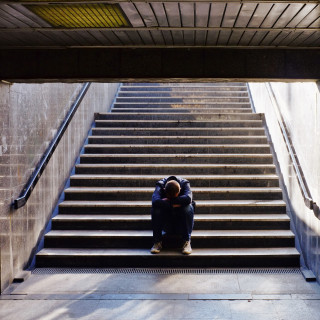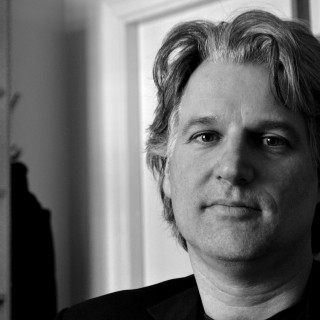How is poverty defined?
The terms absolute poverty and relative poverty are used. Absolute poverty is when people lack the bare necessities, such as food and a roof over their heads. Relative poverty is when people have a much lower standard of living than others in the country in which they live, and thus a lower capacity to participate fully in society. People who earn less than 60 per cent of the median income in a country are at risk of falling into poverty according to the EU’s definition of the term.
How many people are affected?
In 2010 almost one in four citizens of an EU country – 116 million people – were at risk of poverty or social exclusion. In Sweden, 15 per cent of the population are affected, around 1.4 million people. The proportion of people in poverty has increased in Sweden over recent years.
Yet incomes in Sweden have risen?
Yes, the reasons for that include the new in-work tax credits. However, with increasing variation in salaries, the risk of poverty according to the EU’s definition is increasing. Unemployed people in Sweden run a higher risk of becoming poor, and the risk is increasing faster here than the average in Europe.
But Sweden still has a very low proportion who are living in poverty?
Yes, four out of 100 people were materially poor in Sweden in 2010. Sweden has the second lowest rate in Europe after Luxembourg.
By how much have gaps in income increased in Sweden?
The gap was lowest in 1980, when an average top salary was the equivalent of five industrial workers’ salaries. In 2011, the average income of a private-sector director was the equivalent of 46 industrial workers’ salaries.
How have benefits and unemployment benefit increased in comparison to salaries?
They have fallen behind significantly. For example, child maintenance support for single parents is SEK 1 273 per child per month – that’s roughly the same as 20 years ago. Social security benefits have also been hollowed out. The national average has not kept up with general income development and the benefit calculated for food is considerably lower than what people in general have been calculated to need.
Fewer people are living on benefits today than in the 1990s – why?
One reason is that it has become more difficult to qualify for benefits. Applicants have to be ‘poorer’ today than in the 1990s in order to qualify. However, after falling until 2007, the number of benefit recipients is on the rise again and the length of time people need benefits has increased.
Text: Ulrika Oredsson
Published: 2014





